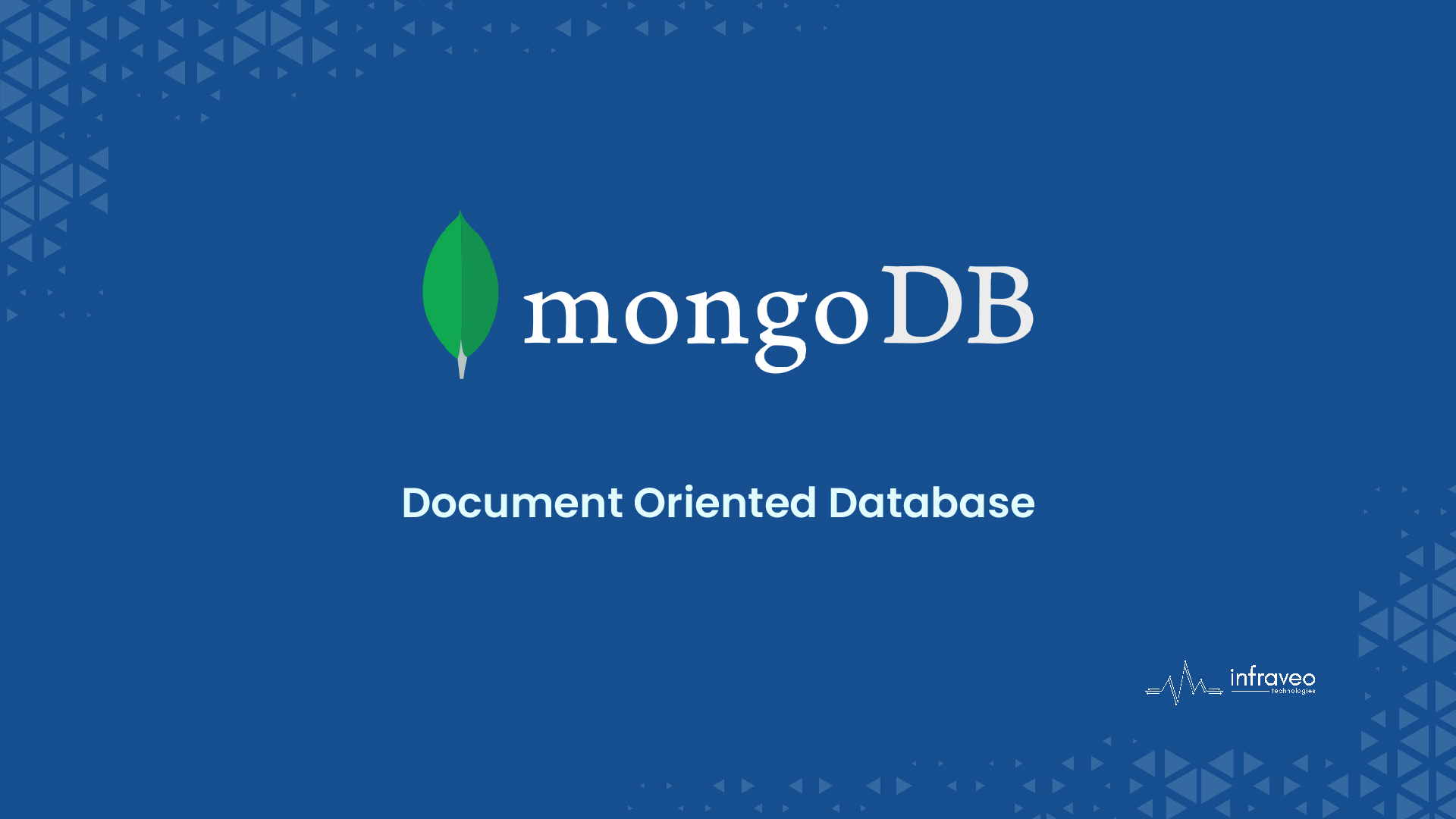Introduction
MongoDB is a document-oriented, cross-platform database that provides high performance, high availability, and simple scalability. It is utilizes the collection and document concepts. The software company 10gen started working on MongoDB in 2007 as a part of a platform-as-a-service products. It is established by MongoDB Inc. and licensed under the Server Side Public License (SSPL), considered as non-free. Globally, companies of all sizes and in all industries use this database.
What is MongoDB?
A NoSQL database management program known as MongoDB. As an alternative to standard, relational databases, NoSQL databases are now available. A relational database stores data in tables, rows, and columns with relationships between entities. Data in MongoDB is represented and interacted with using JSON documents.
Why Use MongoDB?
- It can manage both organized and unstructured data in a variety of applications by integrating with other popular programming languages.
- MongoDB supports a huge variety of queries.
- It is supports ad hoc queries, which help range queries, field searches, and regex phrase searches.
- If you need to store a lot of data in tables, you should use MongoDB instead of RDBMS databases. You may divide and split your database using MongoDB’s built-in functionality.
- It is possible to increase and enhance MongoDB’s general search performance using indexing values.. It allows the indexing of any field within a document.
Advantages
- Schema migration is required for MongoDB, is a database without schemas.
- Document queries are used because it is a document-oriented language, which is important for allowing dynamic queries.
- In comparison to other relational databases, performance optimization is simple.
- Due to the way it uses internal memory for data storage, it enables quick access to data.
- Using sharding, MongoDB expands horizontally (partitioning data across various servers). Your data is separated and evenly placed across the shards. This helps the readers to easily find their data.
- Easier to maintain than conventional databases
- Replication of data and workload distributed have been employed to increase data availability and deliver high performance.
Disadvantages
- It does not support joins the way a relational database does. But join capability may be manually added to the page with the proper code. But it could cause execution to slow and impact performance.
- MongoDB stores the key names of each value pair. Also, data redundancy occurs as a result of joins’ limitations. As a result, memory is seen more often than is required.
- 16 MB is the maximum size limit for documents.
- Document nesting is not possible for more than 100 levels.
Conclusion
Key-value pair databases are the base for MongoDB. It functions using the concept of document and collection. The database system was developed using C++ and is cross-platform and open-source. . It is possible to use MongoDB to support content management systems, online and offline gaming apps, e-commerce systems, mobile applications, data analytics sections, archiving, and logging. It provides official drivers for most popular programming languages and development environments. Other programming languages and frameworks also have a sizable number of unauthorized or community-supported drivers.




